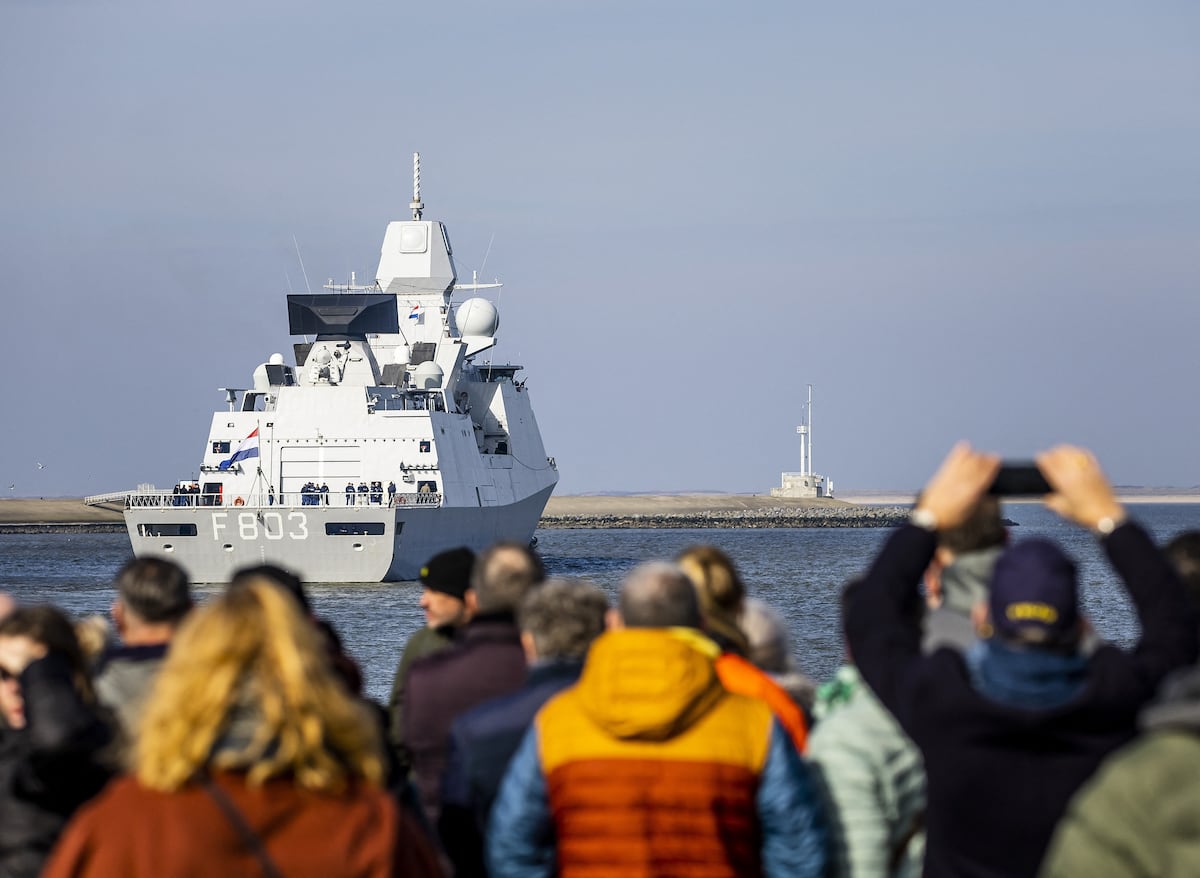- Reaction score
- 6,834
- Points
- 1,040
Fitting those sonar domes after a DWP costs an absolute fortune to get the required tolerances on flatness, and usually there is trial and error with different domes anyway.Former NET(A) here - the SONAR dome exists as a protective fairing for the HMS Transducer - which can be raised and lowered so that it's protected by the keel when in dangerous/shallow waters.
The current SQS-510 uses the old SQS-505 Transducer set, which is based directly off the 502 as was installed on the Steamers. 360 individual Transducers built into 36 staves of 10 providing a beamforming network for both transmission and reception.
The upgraded SONAR suite that's being fitted to the fleet makes things even more capable than the 510 - I cannot speak to Caps/Lims in open source, but having seen the 505 and 510, I'm excited for the sailors of today and what the new suite brings for them.
Something I'll observe is that when ships made transits up the St Lawrence, they had to remove the SONAR Dome and put a 'travel plate' over the opening due to some of the shallow waters encountered. With the advent of the bulbous bow, I am suspicious that we will never have any CSC's visit Toronto or the Great Lakes ever again.
On the ATH's last leg, the direction before that final DWP (in Port Weller) was that the HMS wasn't going to be supported anymore. Took a bit of engineering, but we ended up basically creating some structure on the travel plate to create an actual permanent seal and welded it all up in place, so the HMS became a small confined space. It was about $150k cheaper than getting the sonar dome fitted after DWP, and then there were no worries about the temporary traveler plate falling off in service during the expected full op cycle.
It was an interesting bit of on site engineering to be involved with, especially with how thick some of that structure was..




